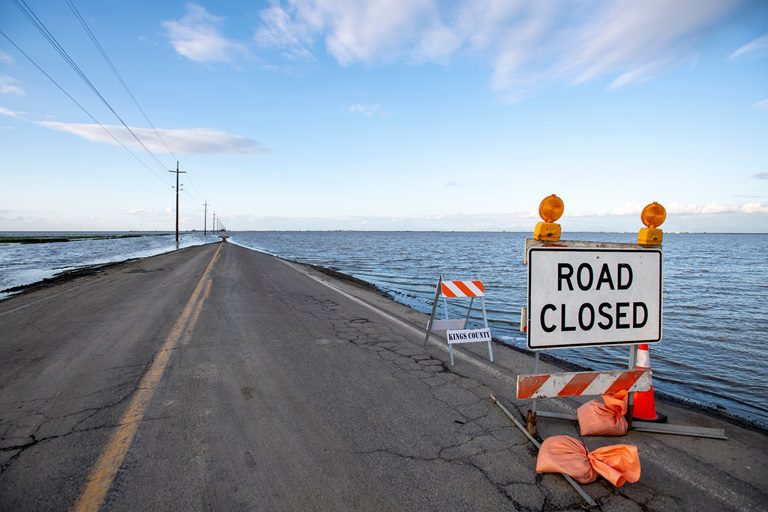April 28, 2023 — The California Department of Water Resources (DWR) is increasing water releases from Lake Oroville to the Feather River this week due to an influx of heavier snowmelt into the reservoir. Feather River releases are closely coordinated with the U.S. Army Corps of Engineers and downstream water operators. DWR continues to carefully monitor lake inflow levels from spring snowmelt and will adjust releases as needed.
DWR reports that Lake Oroville Reservoir has reached 90 percent of its storage capacity , a significant increase from its 28 percent capacity in November. The reservoir is the largest storage facility in the State Water Project, supporting environmental and water delivery needs for 27 million Californians and reducing flood risks to downstream communities. DWR continues to monitor lake levels, weather forecasts, and mountain snow levels to optimize operations for flood control, water storage, and environmental protection, while also allowing for carryover storage into next year.
, a significant increase from its 28 percent capacity in November. The reservoir is the largest storage facility in the State Water Project, supporting environmental and water delivery needs for 27 million Californians and reducing flood risks to downstream communities. DWR continues to monitor lake levels, weather forecasts, and mountain snow levels to optimize operations for flood control, water storage, and environmental protection, while also allowing for carryover storage into next year.
In other parts of the state, record-breaking Southern Sierra snowpack has alleviated the state’s severe drought but also caused flooding in areas like the Tulare Lake Basin . DWR, alongside various state, federal, and local agencies, are working together to prepare for snowmelt and prevent flood damage.
. DWR, alongside various state, federal, and local agencies, are working together to prepare for snowmelt and prevent flood damage.
The Tulare Lake Basin, which houses around four million residents, was once a seasonal lake sustained by Southern Sierra snowmelt. In the early 1900s, the land was converted for agricultural purposes, leading to the construction of levees and dams. While these structures cut off water supply to the lake, heavy snowmelt can still cause flooding, as seen in 1969 and 1983. This year’s snowpack levels resemble those of 1969 and surpass 1983 levels, suggesting that floods in the basin may persist through summer as the snowpack melts, with high water flows expected until July.
To avert flooding and safeguard people and property, collaboration is essential among local county officials, private levee owners, dam operators, and water agencies. Local flood control and water storage districts are responsible for managing flood response and water diversion, while DWR provides technical assistance through its State-Federal Flood Operations Center (FOC). The FOC has dispatched a team to support county emergency response officials and is supplying flood-fighting materials like sandbags.
Jeremy Arrich, Manager of DWR’s Division of Flood Management, stated that the department is gearing up for the upcoming snowmelt flood risk and will work closely with local county officials and the US Army Corps of Engineers to protect public safety. The FOC is also coordinating with the State Operation Center’s advance planning group to assess support capabilities and devise a regional flood emergency response plan. Furthermore, DWR is facilitating water capture for groundwater recharge to both prevent flooding and ensure water availability during future droughts.
Image:
Floodwaters from the March storms have cut across 6th Avenue south of Corcoran in Kings County. Photo taken March 23, 2023 by the California Department of Water Resources .
.


Leave a Reply